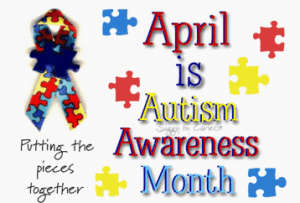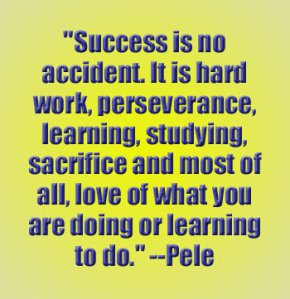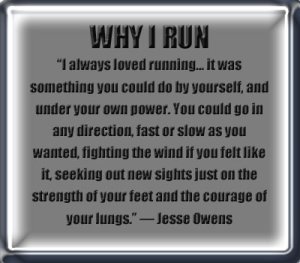 CALORIES ARE NOT A GOOD INDICATOR OF HOW HEALTHY YOUR FOOD IS…EXCLAMATION POINT! STOP COUNTING…PERIOD. That’s me yelling at you.
CALORIES ARE NOT A GOOD INDICATOR OF HOW HEALTHY YOUR FOOD IS…EXCLAMATION POINT! STOP COUNTING…PERIOD. That’s me yelling at you.
Let’s think about the logic behind counting calories. First understand, calories are a measure of energy much like gallons are a measure of volume. The sources of the calories are far more important than the actual calories themselves. If a 20 Gallon gas tank for a vehicle is filled with 20 Gallons of Gatorade, the vehicle is definitely not going to work. Honestly, the vehicle may work for a few miles. Eventually, the engine breaks down because the fuel source causes damage. Put this concept in perspective.
Counting calories works for a little while because the body will use itself as energy if it does not have enough calories to be fueled. Muscle is the body’s energy source in times of starvation. Essentially, the body uses muscle for energy, and stores fat. Cutting calories with no regard for content trades good, for bad.
Fact, the more muscle/lean body mass, the more calories burned at rest. Fact, without feeding the body protein, lean muscle mass is depleted. Therefore, counting calories with disregard to content is the exact opposite of the desired outcome. (That may be why “that diet” failed.)
Counting calories with disregard for content breaks the body down instead of, the common misconception of making it healthier. EAT NUTRIENT DENSE FOOD! (Lean meat, low sugar, mixed nuts, and a colorful array of fruits and vegetables-nutritional lifestyle change is for another post. For now, research options.)
Hypothesis: People who understand and eat nutrient dense food (Group A) will have better success with more calories than those who count calories with disregard to nutritional content (Group B) and reduce calories.
Possible Outcomes:
Group A will build lean body mass while slowly increase their overall health, improving daily alertness, decreasing daily fatigue, increase desire for physical activity, and improve ability to be active.
Group B will lose weight fast in the beginning, fluctuate on motivation, feel tired throughout the day, and complain about lack of desired outcome.
Bodyshop Athletics X
Twitter: www.twitter.com/bodyshopx
Facebook: www.facebook.com/bodyshopx









